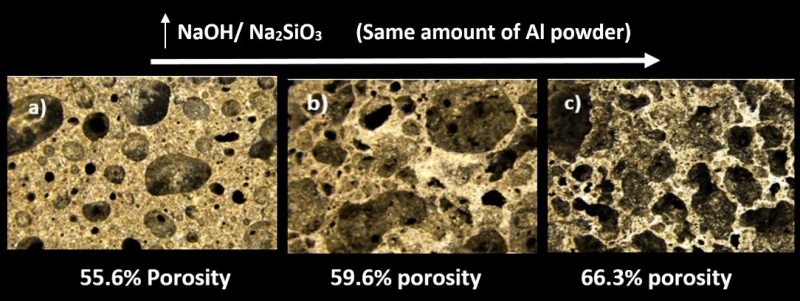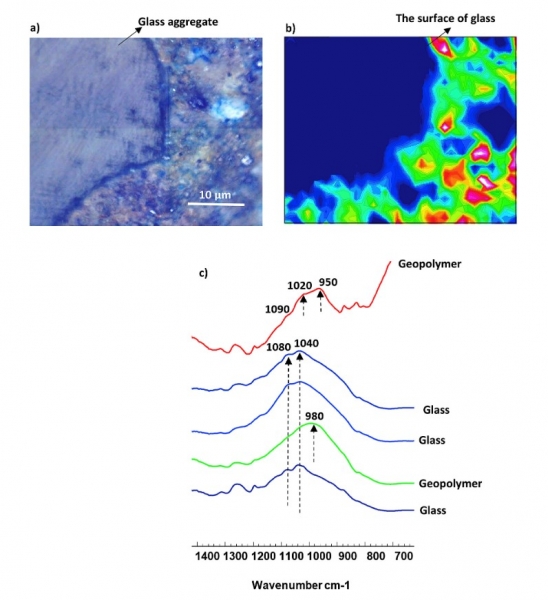Resource Recovery for Sustainable Development
 One of the greatest challenges of the 21st century is how to secure global prosperity without placing excessive demand on the Earth’s natural resources and without jeopardising the climate system.
One of the greatest challenges of the 21st century is how to secure global prosperity without placing excessive demand on the Earth’s natural resources and without jeopardising the climate system.
CIES academic Dr Ailar Hajimohammadi’s research explores the opportunities for sustainable development in civil and construction projects. Her work investigates potentials for waste minimization and resource recovery, as well as smart design of construction materials and technologies to minimize their negative environmental impacts. (see Fig 1 for one example).
Some of her recent research has investigated sustainable construction materials with low carbon footprint and embodied energy, energy efficient and precast building elements, and the re-use of waste in construction projects.
One of Dr Hajimohammadi’s most recent publications reveals the benefits of utilizing glass waste in geopolymer concretes as a replacement for natural river sand.
There is a shortage of natural sand in many countries, and the extraction of sand from rivers damages river banks and negatively impacts the coastal ecosystem. Sand mining causes instability problems to riverbanks, while the biodiversity of aquatic fauna and flora could drastically change as a result. Moreover, water quality may be negatively affected in the long run.
Yet due to increasing road and building construction projects, the demand for sand mining continues to grow. This demand cannot be sustainably met by natural river sand, and there is an urgent need for a suitable replacement, such as glass waste.
Since glass is rich in amorphous silica, it is shown that the surface of glass aggregates can take part in the geopolymerization reaction and make a stronger geopolymer matrix compared to that of sand aggregates. The alkaline content of glass makes the area surrounding the glass aggregates more suitable for maintaining monomeric silica. These small silica species help to develop a higher degree of geopolymer networks in the vicinity of the glass aggregates compared to the sand (Fig 2).

Fig 1 Manipulating the chemistry of geopolymer foams to increase the porosity without additional aluminium powder (which has high embodied energy and carbon footprint)

Fig 2 Interfacial chemistry of geopolymers at the vicinity of a glass aggregate
The kinetics of the geopolymer reaction is different at the interface of the glass and sand system, and the resulting geopolymer gels have different chemical bonding structures. While the gel development and organization take longer in the glass group, the final binder is shown to be denser and stronger, ie more fit for purpose.
While the fundamental knowledge and preliminary tests and results look promising for the uptake of glass waste in construction applications, there is a need, says Dr Hajimohammadi, for further investigation and trials to test the early age behaviour and long-term performance of these materials.
Proving this concept in practice could lead to the development of specifications and standards which would facilitate the use of more environmentally friendly materials, as an alternative to energy and resource intensive products.
For further information please contact Dr Hajimohammadi
Ref: https://www.sciencedirect.com/science/article/pii/S0959652619317858



